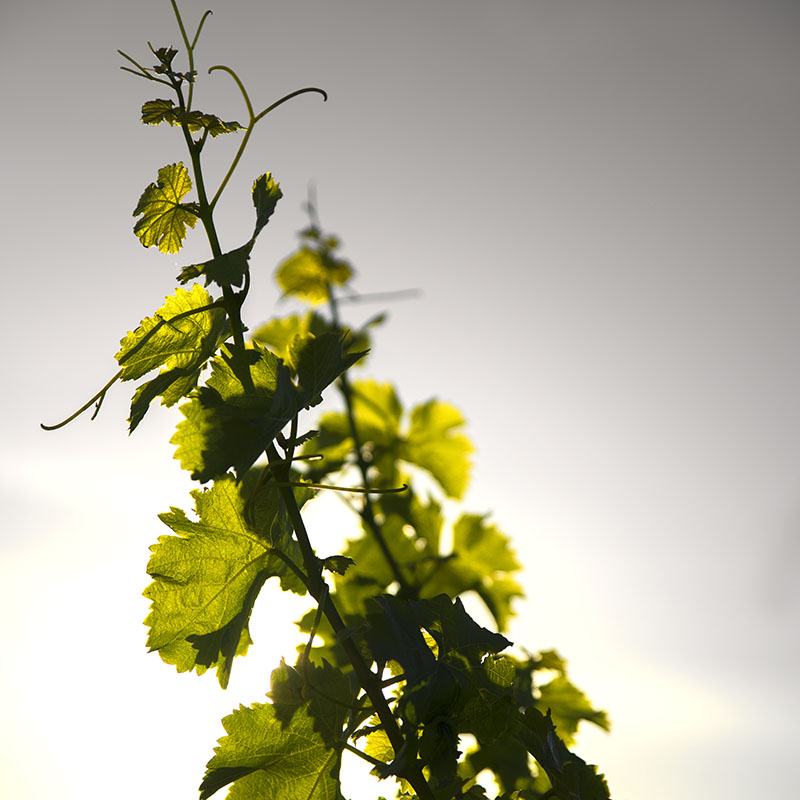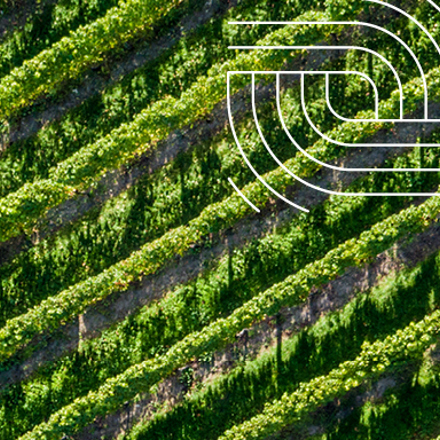99% of vineyards use non-chemical methods for managing pests and diseases.

The New Zealand wine industry takes a holistic, integrated approach to plant protection. We use cultural control methods such as pruning techniques and open canopies as the first line of defence against pests and diseases. Due to our island location, biosecurity planning is a particular strength of the New Zealand wine industry. By ensuring pests and diseases don’t make it into our vineyards, we reduce the need for chemicals in the first place.
Where chemical sprays are necessary, an adherence to best practices above and beyond legal requirements, coupled with world-class data transparency, forms the core of our strategy. We maintain a national database of agrichemical use for all vineyards, giving us amongst the highest level of data transparency of any wine industry in the world – a particular point of pride. The New Zealand wine industry leads the world in the development of individualised agrichemical benchmarking reports for vineyards.
Every chemical application on a vineyard is recorded in our system. This ensures that we have nationwide insight into what grape growers are using and how they are using it. The data is then sent to growers in individualised reports, empowering them to visualise and identify improvement opportunities.
This year, the BRI launched a 7-year Sauvignon Blanc Grapevine Improvement Programme. Most of New Zealand’s Sauvignon Blanc vines are of the same variant, which means that a new pest, disease or environmental change could affect our premier variety. The programme aims to develop new resilient variants by identifying traits such as drought and frost resistance, and more sustainable variants by seeking natural resistance to pests and diseases.
Of the 99% of vineyards who used non-chemical methods for managing pest and diseases:
- 91% of vineyards undertake winter pruning for open canopies
- 94% of vineyards mulch vine prunings
72% of SWNZ members have completed NZW Biosecurity plans, and are prepared to respond to a biosecurity incursion
100% of agrichemical application across our industry is entered into our national database for analysis and benchmark reporting
16,000 individualised chemical-use benchmark reports are sent to vineyard operators each year
2950 hectares of vineyard area have been contributed to biodiversity protection, restoration or enhancement, such as planting wetlands and native trees





